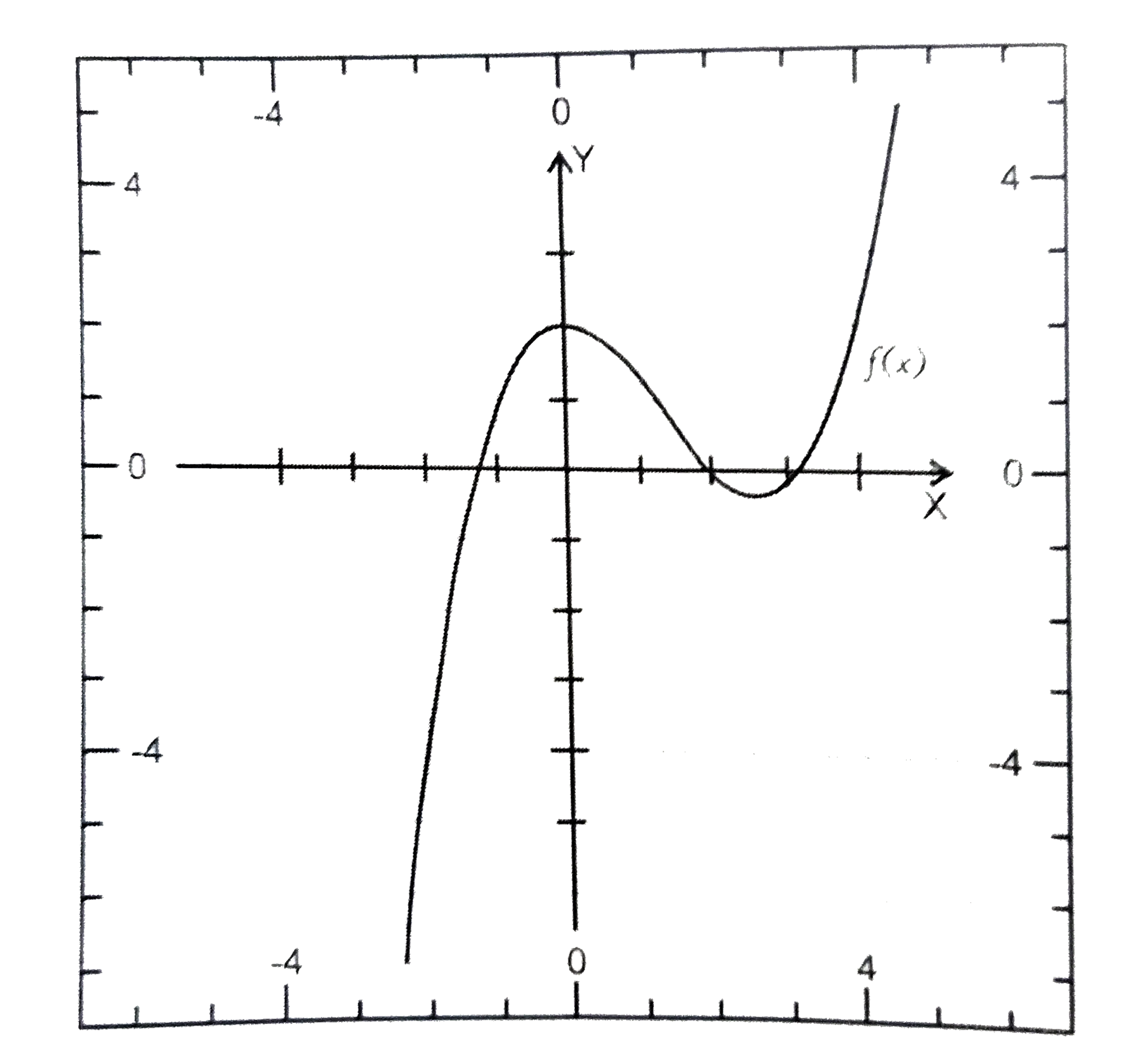Prove that for every positive number s satisfying the condition s2>2 one can always find a smaller rational number s−k(k>0), forwhich (s−k)2>2.
The correct Answer is:You may take k=s2−22s
Topper's Solved these Questions
- BOOK - IA MARONCHAPTER - INTRODUCTION OF MATHEMATICAL ANALYSISEXERCISE - Function. Domain of Definition21videos
INTRODUCTION OF MATHEMATICAL ANALYSIS
- BOOK - IA MARONCHAPTER - INTRODUCTION OF MATHEMATICAL ANALYSISEXERCISE - Investigation of Functions15videos
INTRODUCTION OF MATHEMATICAL ANALYSIS
- BOOK - IA MARONCHAPTER - INDEFINITE INTEGRALS, BASIC METHODS OF INTEGRATIONEXERCISE - 4.4. Reduction Formulas2videos
INDEFINITE INTEGRALS, BASIC METHODS OF INTEGRATION
- BOOK - IA MARONCHAPTER - THE DEFINITE INTEGRAL EXERCISE - 6 . 8 (Additional Problems)3videos
THE DEFINITE INTEGRAL
Similar Questions
Knowledge Check
- Question 1 - Select One
Let S be a non-empty subset of R. Consider the following statement p: there is a rational number x∈S such that x>0
The negation of p isAThere is a rational number x∈S such that x≤0BThere is no rational number x∈S such that x≤0CEvery rational number x∈S such that x≤0Dx∈S and x≤0⇒x is not rational - Question 2 - Select One
Let x, y be real numbers such that x>2y>0 and
2log(x−2y)=logx+logy.
Then the possible values (s) of xyAis 1 onlyBare 1 and 4Cis 4 onlyDis 8 only - Question 3 - Select One or More
If a,b,c are rational numbers (a>b>c>0) and quadratic equation (a+b−2c)x2+(b+c−2a)x+(c+a−2b)=0 has a root in the interval (−1,0) then which of the following statement (s) is/are correct ?
Aa+c<2bBboth roots are rationalCax2+2bx+c=0 have both roots negativeDcx2+2bx+a=0 have both roots negative
Let a and b be positive real numbers with a3+b3=a−bandk=a2+4b2 , then (1)k<1 (2) k>1 (3) k=1(4) k>2
View SolutionLet a and b be positive real numbers with a3+b3=a−bandk=a2+4b2 , then (1)k<1 (2) k>1 (3) k=1(4) k>2
View SolutionLet x, y be real numbers such that x>2y>0 and
2log(x−2y)=logx+logy.
Then the possible values (s) of xyView SolutionIf a,b,c are rational numbers (a>b>c>0) and quadratic equation (a+b−2c)x2+(b+c−2a)x+(c+a−2b)=0 has a root in the interval (−1,0) then which of the following statement (s) is/are correct ?
View SolutionNumber of integral value(s) of k for which no tangent can be drawn from the point (k,k+2) to the circle x2+y2=4 is :
View Solution


